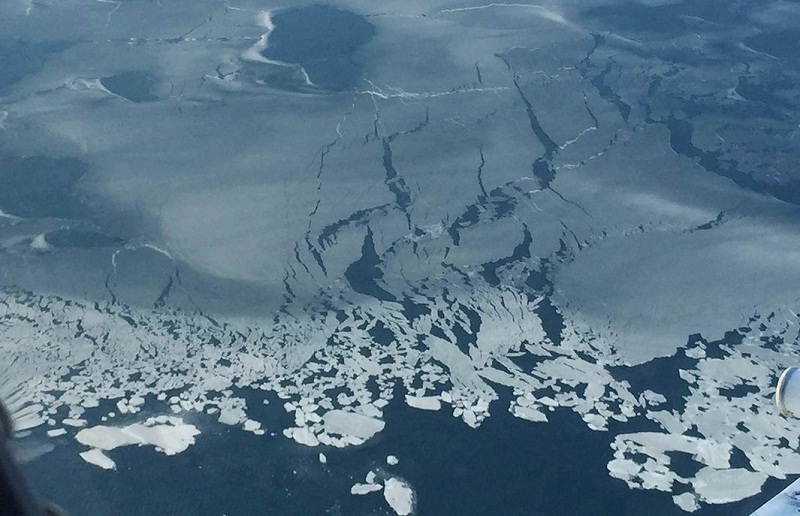Arctic ice falls to record winter low after polar ‘heatwaves’

Extent of ice over North pole has fallen to a new wintertime low, for the third year in a row, as climate change drives freakish weather. The extent of Arctic ice has fallen to a new wintertime low, as climate change drives freakishly high temperatures in the polar regions. The ice cap grows during the winter months and usually reaches its maximum in early March. But the 2017 maximum was 14.4m sq km, lower than any year in the 38-year satellite record, according to researchers at the US National Snow and Ice Data Centre (NSIDC) and Nasa. “I have been looking at Arctic weather patterns for 35 years and have never seen anything close to what we’ve experienced these past two winters,” said NSIDC’s director, Mark Serreze. 2017 is the third year in a row the Arctic’s winter ice has set a new low. The new record comes a day after the UN’s World Meteorological Organisation warned that the record-breaking heat that made 2016 the hottest year ever recorded has continued into 2017, pushing the world into “truly uncharted territory”. The dramatic melting of Arctic ice is already driving extreme weather that affects hundreds of millions of people across North America, Europe and Asia, according to emerging research. The extreme low in winter Arctic ice follows a very warm autumn and winter, the NSIDC scientists said, with air temperatures 2.5C above average across the Arctic Ocean. Temperatures have soared even higher in places, creating polar “heatwaves”. Data from the European Space Agency’s CryoSat-2 satellite also shows that this winter’s ice cover was slightly thinner than over the past four years. “Thin ice and beset by warm weather – not a good way to begin the melt season,” said NSIDC’s lead scientist, Ted Scambos. Prof Julienne Stroeve, at University College London, said: “Such thin ice going into the melt season sets us up for the possibility of record low sea-ice conditions this September.”

